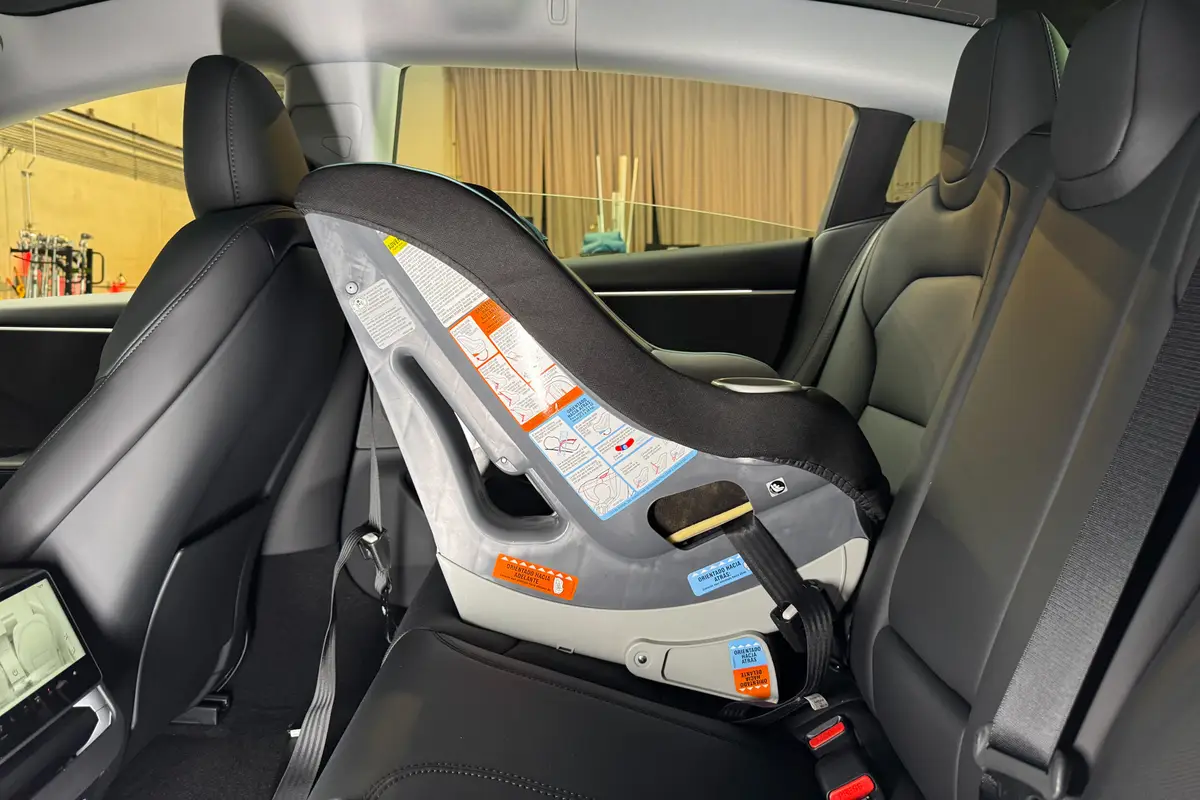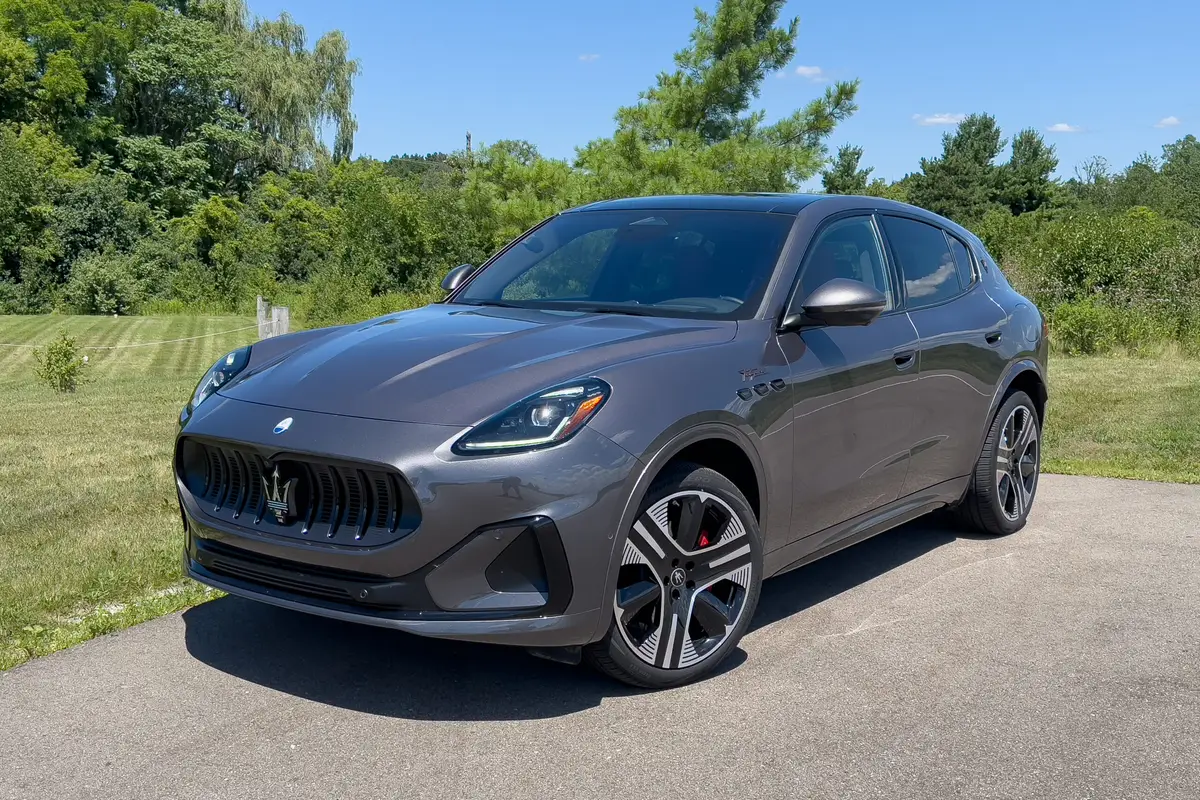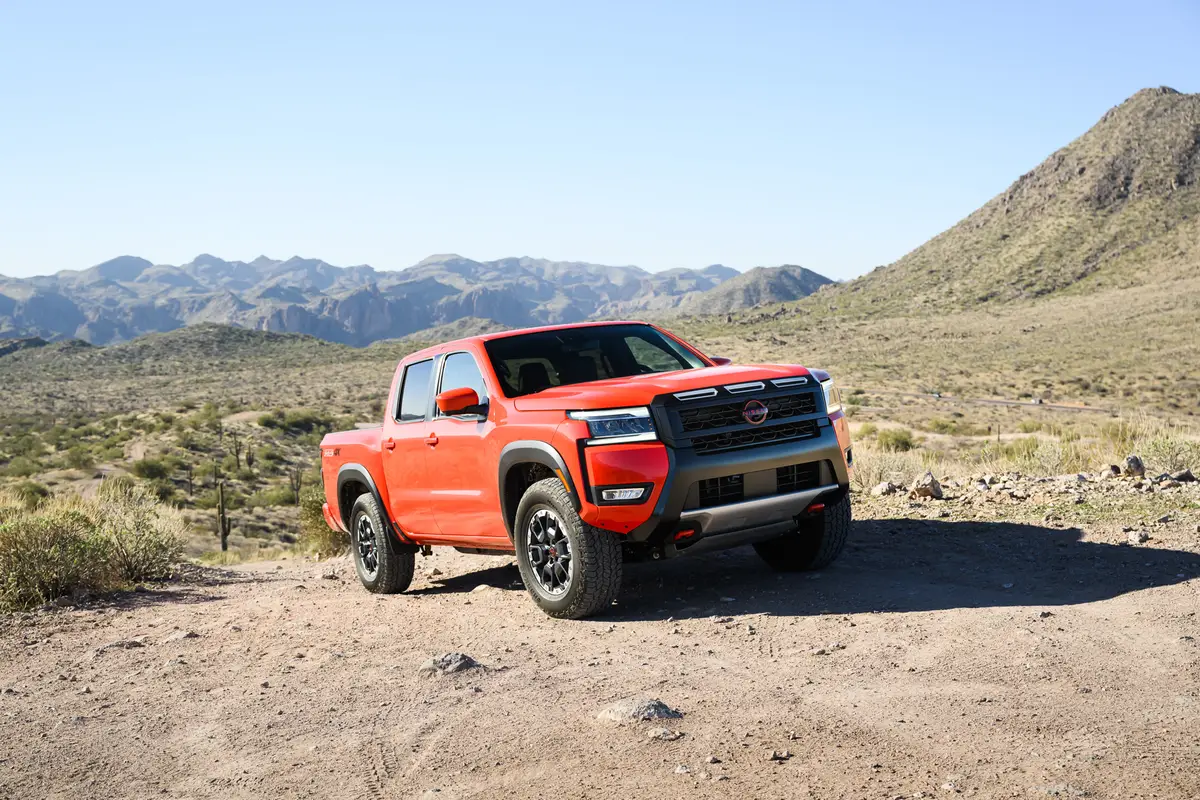The Detroit News's view
Three years ago, the Korean Kia Sephia subcompact sedan got among the lowest grades we give – just a single star from Paul and a big fat zero from Anita. Sloppy construction, no air bags and lots of cheap-looking plastic were major gripes. But we upgraded the rating when we got in the ’97 Sephia LS. What a dramatic improvement over its predecessor. Anita gave it two stars, and Paul gave it three, saying he’d recommend it over one of its most significant competitors, the 1997 Ford Escort.
Getting the message out to buyers about steadily improving Korean quality may be the biggest challenge facing Kia, which still lacks a nationwide dealer network. That may not be a major concern to consumers who are more impressed by the Sephia’s ultra-low $10,220 base sticker price.
He: Wow. What a difference three years makes. The ’97 Sephia LS we’ve been driving doesn’t even seem like it was made by the same company that built the early Sephia we tested back in 1994. Now it looks and feels an awful lot like a Japanese subcompact, and the quality is nearly as good as anything in the class except for segment leaders like the Honda Civic and Toyota Corolla. Our test car was a mid-range model with a decent list of equipment, including air conditioning, an automatic transmission and an AM/FM stereo cassette for under $13,500.
She: As usual, you’re ignoring the most important stuff – the emotional stuff.
He: You know, you’re right. The Sephia doesn’t grab me like, say, a Neon. I guess the overwhelming emotion that I feel is a great admiration for the Koreans.
She: Gee, I felt worried at first. Like a lot of cautious buyers, I felt lured in by the price. But I got in the Kia with an eye out for flaws, an ear out for strange noises and a fear that something was going to go wrong. I think that’s a typical reaction to Korean products. It wasn’t until you walked me around the car, inside and out, and pointed out its virtues – like lots of thick weatherstripping around the doors and trunk and an improved fit-and-finish – that I started overcoming my fears. Maybe Kia needs a support group for prospective buyers. Luckily, it has a decent car that ought to attract a lot of interest by virtue of its really great price and its improving quality.
He: Great price, yeah. Now my concerns involve things like the lack of antilock brakes, which you can only order on the top-of-the-line Sephia GS, and the fact that you don’t get some fairly basic amenities – power windows, mirrors and locks, for instance – on the mid-range LS model. You pay more for a lot of the competitors, but you also get more equipment on a lot of the competitors.
She: I would describe the Sephia as an average, but acceptable small car. You won’t be bowled over by the exterior styling. It’s interesting, but Kia seems to be in its “teen-age years” style-wise. It’s got a lot of peer pressure and it’s trying like mad to copy everyone. I see elements of the Chevy Cava lier, Ford Escort and Toyota Corolla in the Sephia, but I don’t see any distinctive feature that would clue you in to the fact that this is a Kia. It tries to look like everybody and ends up with a bit of an identity crisis.
He: I’ll tell you where the Sephia really shines, and that’s in performance. It has one of the most powerful engines in the class – a twin-cam, 1.8-liter four cylinder that makes 122 horsepower. That’s better than Corolla and Civic and nearly all the domestic subcompacts except Neon. The all-independent suspension gives you a firm ride that’s not too harsh and, in fact, is surprisingly comfortable considering the car’s size. The power rack-and-pinion steering has a nice, responsive feel to it. I was also pleasantly surprised by the four-speed automatic transmission which shifts smoothly and effortlessly.
She: I only gave it two stars because I still have reservations. I thought the engine sounded a bit buzzy when you’re accelerating. The side mirror trols, which you have to operate by hand, are meant to feel soft to the touch. Instead they have the feeling of a rubber snake. It has plain old crank-up windows and cupholders built into the console, which was located behind my right elbow, making them hard to reach. But on the plus side, the plastic actually looked high-grade and the seats were surprisingly comfortable with good thigh and lumbar support. Do you notice how we both keep repeating the word surprising?
He: Do you think Kia will be surprised to find out how much more we like this new Sephia?
She: No. But I’d like to explain why I held back a bit more than you on the star distribution. The flashing or excess plastic around things like the steering wheel and visors was annoying. There were still a few gaps between pieces of trim that you wouldn’t see on a typical Japanese subcompact. But in all fairness, we should point out that the Sephia has dual air bags, gets 30 mpg on the highway and will serve families quite well with its ample trunk and pretty roomy interior. And there are no problems getting used to driving it.
He: The bottom line is that both of us hiked our ratings by two stars. When was the last time that happened?
She: Speaking of stars, do you think it has something to do with that comet?
1997 Kia Sephia
Type: Front-engine, front-wheel drive, four-passenger subcompact sedan.
Price: Base, $11,770; as tested, $13,449.
What’s new for ’97: Minor changes only.
Standard equipment: Rear window defroster, intermittent windshield wipers, four-wheel independent suspension, dual cupholders, center console with armrest, low-fuel warning lamp, tachometer, digital clock, front door map pockets, reclining front bucket seats, split fold-down rear seats, all-season radial tires, carpeting, passenger visor vanity mirror, dual remote outside mirrors, wheel covers.
Safety features: Dual air bags, child-proof rear-door locks, steel side-door guard beams, theft deterrent system.
Options on test vehicle: Air conditioning ($870), AM/FM stereo/cassette ($320), carpeted floor mats ($64).
EPA fuel economy: 23 mpg city/30 mpg highway.
Engine: 1.8-liter DOHC with four cylinders; 122-hp at 6000 rpm; 117 lb-ft torque at 4000 rpm.
Transmission: Four-speed automatic.
Competitors: Ford Escort, Saturn SL, Honda Civic, Dodge Neon, Chevrolet Cavalier, Geo Prizm, Hyundai Accent, Hyundai Elantra, Mazda Protege, Mercury Tracer, Mitsubishi Mirage, Nissan Sentra, Plymouth Neon, Pontiac Sunfire, Subaru Impreza, Suzuki Esteem, Toyota Tercel, Toyota Corolla, Volkswagen Jetta.
Specifications: Wheelbase, 98.4 inches; overall length, 171.7 inches; curb weight, 2,520 pounds; legroom, 42.9 inches front/34.4 inches rear; headroom, 38.2 inches front/37.0 inches rear; shoulder room, 54.0 inches front/53.5 inches rear.
12-month insurance cost, according to AAA Michigan*: $830. Rates based on an average f amily of four from the Livonia area whose primary driver is aged 40 with no tickets who drives 3-10 miles each way to work. Rates reflect multicar discount and, where appropriate, discounts for air bags and seat belts.
Where built: Asan Bay, South Korea.
Latest news



